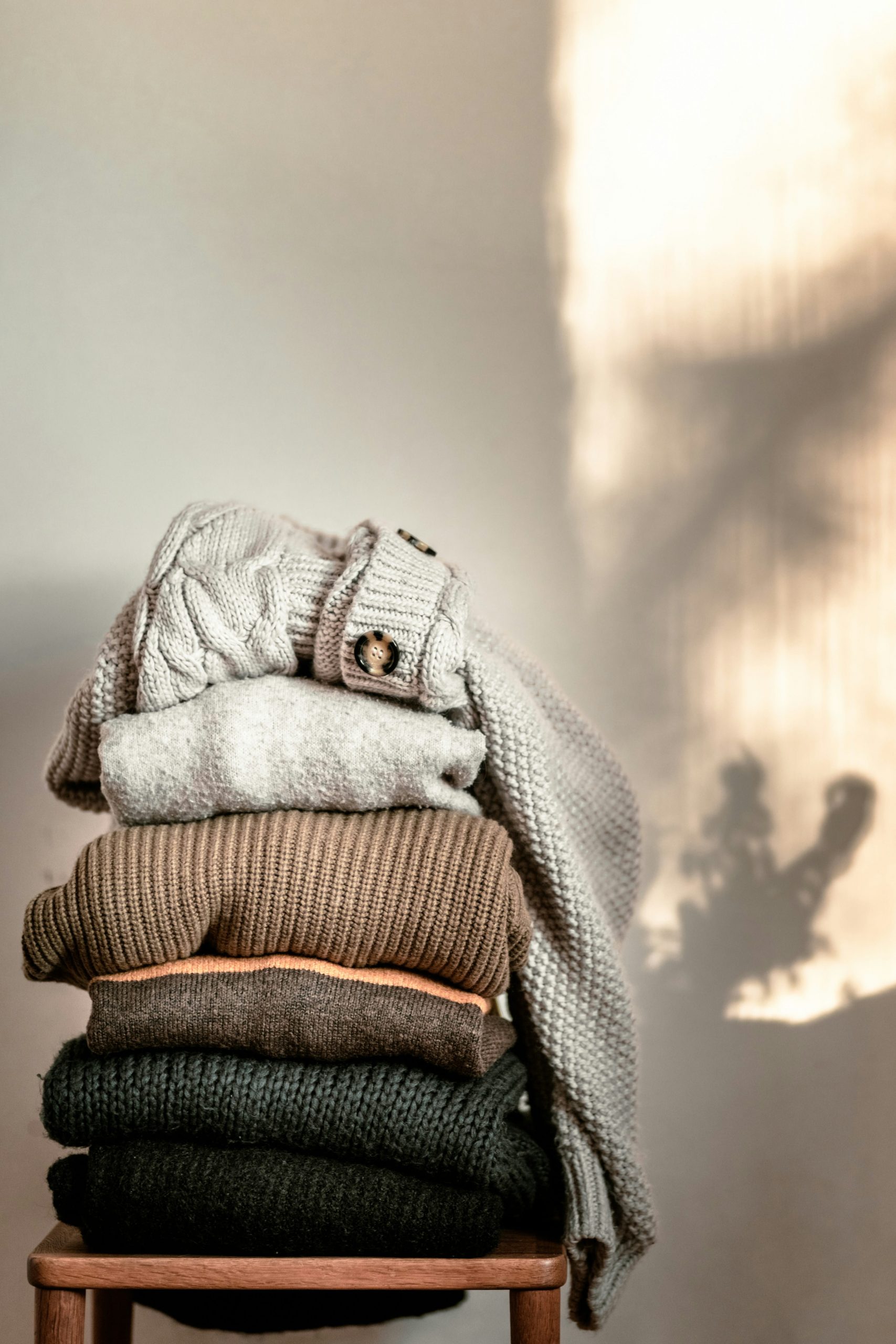Sweater custom design
In this process of customizing the sweater, customers can choose the color, style and size according to their own design and requirements, so as to obtain a sweater that fully meets their expectations.
In the choice of color, color is the charm of a sweater, it can convey emotion, personality and style. In custom design, customers are often faced with unlimited color options. Manufacturers often provide color swatches or samples to help customers better visualize the effects of different colors in order to make informed choices.
The choice of style is also a key decision. The style determines the overall appearance of the sweater, including the shape of the neckline, sleeve shape, slits and decoration. The custom design of the style ensures that customers can find the perfect fit for their needs.
Choosing your size is an important part of making sure your sweater fits well. Customers usually need to provide accurate measurements, including bust, waist, hip, sleeve length and garment length. These measurements will be used to make a sweater that fits perfectly with the body, and the accuracy of the measurements is crucial, so the supplier will pay great attention to avoid mistakes in the confirmation of the dimensions.
Customer involvement in the production process
Customer involvement plays a crucial role in the sweater making process, and their level of involvement can have a significant impact on the final sweater product.
Among them, approving design and color selection is one of the most engaged aspects of customer engagement. During the sweater manufacturing process, customers usually have the opportunity to interact with the manufacturer to ensure that they end up with a fully satisfied product.
Customers are usually involved in the early stages of design. This means they have the opportunity to communicate with the design team and share their ideas, preferences and special requirements. Clients can provide advice on sweater styles, patterns, colors and details to ensure that the final design meets their aesthetic and functional needs. Manufacturers often listen to customer feedback in order to adjust design solutions to meet customer expectations.
When it comes to color selection, the level of customer involvement is equally important. Customers can often choose from a range of available colors, or even request customization of specific colors. This customized option enables customers to ensure that the sweater matches their personal style and preferences. They can choose the color according to the season, occasion or other special requirements to ensure that the sweater is in line with the current trend.
During this process, the manufacturer should actively listen and work with the customer to ensure that the resulting sweater fully meets the customer’s expectations. This collaboration not only creates personalized clothing, but also builds strong customer relationships that help manufacturers stand out in a competitive market.
About the quality control of sweaters
High-quality sweaters are one of the core values that sweater manufacturers adhere to, and to ensure high quality sweaters, manufacturers need to establish strict quality standards, which cover a number of key aspects, including fiber quality, sewing technology and decorative details.
Fiber quality is the basis of sweater quality. Manufacturers must choose high-quality fiber materials, such as wool or cashmere, to ensure that the sweater has excellent warmth retention and comfort. They work with suppliers to ensure that raw materials meet specific criteria, such as the diameter, length and purity of the fibers. At this stage, the dyeing of the fiber should also be paid attention to to ensure the uniformity and durability of the color.
The workmanship is essential to the quality of the sweater. Manufacturers establish precise sewing standards, including stitch density, stitch type and seam strength. Each sweater must be stitched to meet these standards to ensure a high level of durability and appearance. Workers are usually trained to ensure that they can perform these sewing processes correctly.
Setting standards for high-quality sweaters is a key step in sweater manufacturing. By ensuring that fiber quality, sewing techniques and decorative details all meet strict standards, manufacturers can provide durable, comfortable and stylish sweaters that meet customers’ high quality requirements. These standards reflect manufacturers’ commitment to superior quality and are one of the keys to their success in competing in the marketplace.

 English
English Deutsch
Deutsch Français
Français Italiano
Italiano Español
Español Русский
Русский Polski
Polski Nederlands
Nederlands Svenska
Svenska

